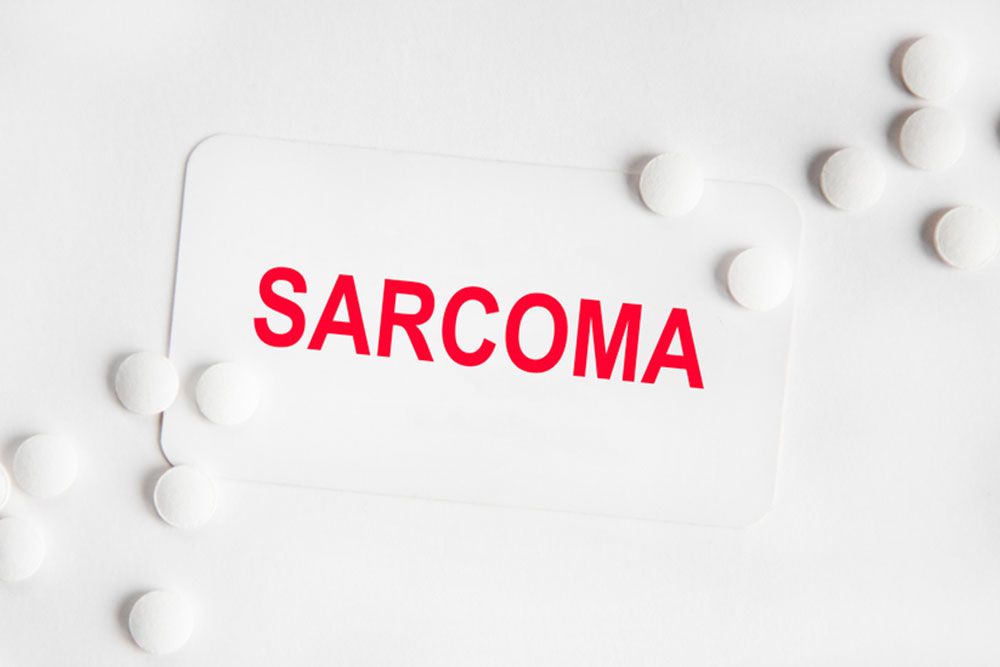
Synovial sarcoma – Its causes, symptoms, and management
Synovial sarcoma is a cancer that affects different types of soft tissues. It usually occurs in the legs or arms but can begin in any body part. It is a rare type of slow-growing cancer, so there are no visible symptoms early on. It becomes noticeable when the cancerous tumor grows large enough to create a lump. Here is everything about synovial sarcoma: its causes, symptoms, and treatment method.
Causes
A change in chromosomes causes synovial sarcoma. A chromosome is a structure in cells that contains genes. Sometimes these chromosomes break apart and get back together, but not in the same sequence. In synovial sarcoma, a gene called SYT fuses with an X chromosome. This interferes with the normal functioning of the cells. This genetic error, over time, causes synovial sarcoma. Though it is not hereditary, some of the potential risk factors include:
- Exposure to certain chemicals: A risk factor for developing sarcomas is exposure to chemicals such as thorium dioxide or arsenic.
- Exposure to radiation: People may develop sarcomas when they undergo radiation therapy to treat other cancers.
- Inherited syndromes: The risk increases when genetic syndromes run in families, such as hereditary retinoblastoma, L-Fraumeni syndrome, neurofibromatosis, and Werner syndrome.
Symptoms
The symptoms of synovial sarcoma depend on the size and location of the tumor. Typical indications that appear at the location of the tumor are as follows:
- Lump
There is a visible lump that can be felt deep in the tissue. The common places where it can be formed are the hip, knee, ankle, or shoulder. - Pain
A sharp pain around the area of the lump is a symptom of synovial sarcoma. In some people, the tumor may make it hard to move or may press on the nerves, causing pain. - Swelling
There might be swelling where the lump is located.
Treatment
If a synovial sarcoma is found on time, the chances of it spreading to other body parts are higher. The type of treatment for this cancer usually depends on the size, grade, and stage of the tumor, its locations, its spread, the person’s age, and overall health.
- Surgery
In most cases, surgery is the first line of treatment. The entire tumor and some healthy tissue surrounding it are removed to reduce the risk of leaving cancer cells, which can later grow and form tissue masses. Amputating the limb may be the only option if the tumor also involves the nerves and blood vessels. - Chemotherapy
Chemotherapy may help slow the progression or stop the cancer from spreading. This treatment may be done before or after the surgery. Chemotherapy is used when the tumor cannot be removed by operation or when it has spread. - Radiation therapy
This therapy may be used to shrink the tumor before the surgery or after the operation to kill any cancer cells left in the body.
Conclusion
Synovial sarcoma cannot be prevented, as chromosome changes cause it. The earlier the tumor is detected, the better the chances of recovery. The survival rate increases if the tumor is removed entirely and does not recur or spread.




